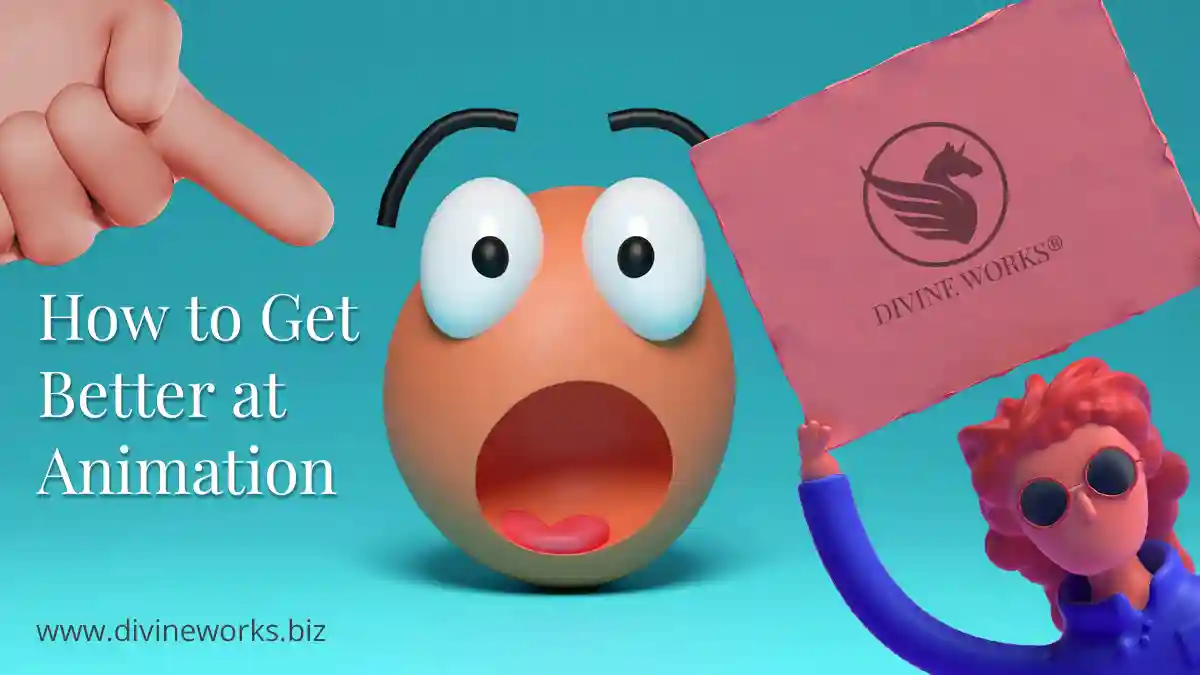
Are you an aspiring animator and looking how to get better at animation? Look no further! In this comprehensive guide, we will walk you through the step-by-step process to improve your skills and go from a novice to a pro. Whether you are a new animator or have some experience under your belt, this guide will provide you with valuable insights and techniques to enhance your abilities and create visually stunning animations.
From understanding the fundamentals of animation to mastering advanced techniques, we will let you know what you need to level up your skills. Learn how to bring characters to life, create smooth and captivating movements, and add personality to your animations. Learn the secrets of storytelling through animation, and explore various styles and mediums to find your unique artistic voice. With practical tips, examples, and resources, this guide is your roadmap to becoming a skilled and confident animator. So, grab your drawing tablet, and let’s get started on your animation journey today!
Understanding the Different Types of Animation
There are various techniques and styles to explore. Animation isn’t limited to just one form; it encompasses a wide array of types, each with its unique characteristics. Whether you’re interested in traditional hand-drawn, 3D, or stop-motion.
Understanding these different types is the first step to becoming a proficient animator. This kind of knowledge will help you to make your animations unique and interesting according to the taste of your audience. Below are the types of animations mostly used these days in the animation industry:
Stop Motion Animation
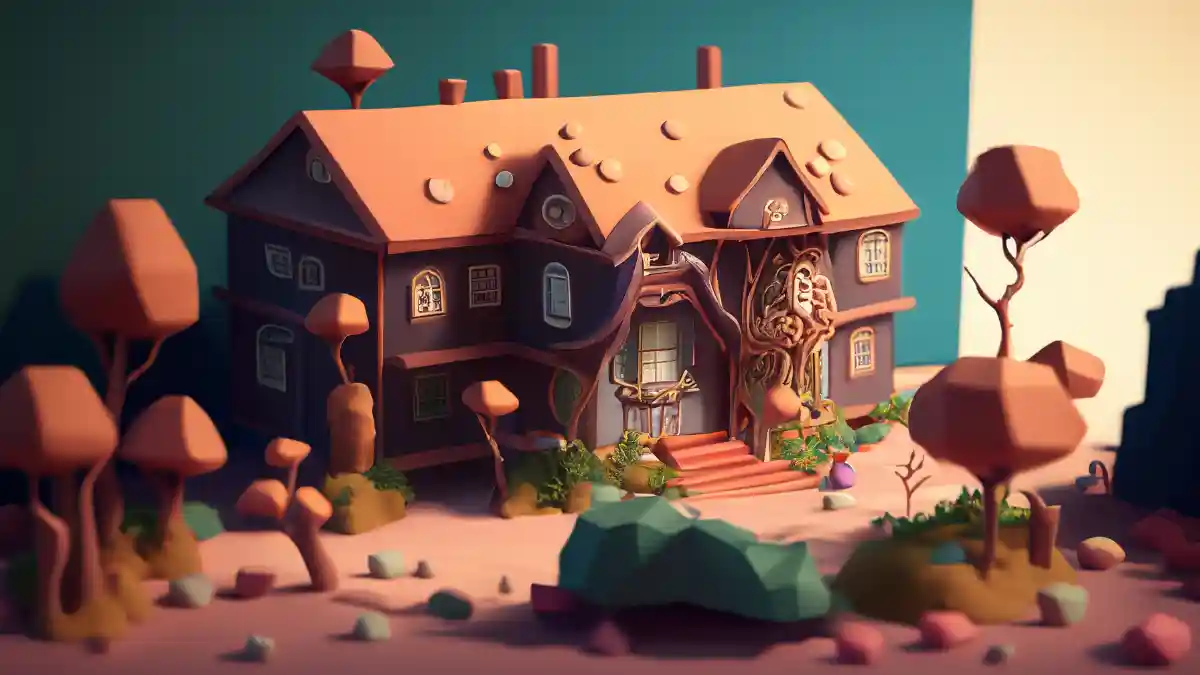
The definition given on Adobe’s website is the best i.e. “Stop motion technique is an advanced flipbook-style form of animation. It involves photographing and then physically manipulating objects within your frame. As each frame is played in sequence, the technique creates the effect of an object moving itself. Stop-motion is a technique whose secret lies between each frame of the action.
Effortlessly simple in its final form, the flow and flourish of stop motion photography belies the meticulous attention to detail being paid between each snap of the set-up”. You will understand more if you search stop motion on YouTube, there you’ll find lots of great examples of stop motion animation.
2D Animation

Usually, beginners start their animation career with 2D. 2D animation is simpler than 3D and requires less powerful computers. 2D animation only deals with X and Y axis and there’s no third dimension in it. You can achieve a 3D look in 2D works and that is known as 2.5D.
It is best if you start your career by learning 2D animation because you will have a better understanding of animation principles, as discussed above, without going out of budget and unnecessary complexities. You can even do 2D animations inside Photoshop. If you are good in drawing and have a basic sense of colors and timings, you can make a masterpiece just inside Photoshop.
3D Animation

3D animation includes the third dimension, X, Y, and Z axis. Normally 3D animation software is more resource hungry and that is why they need more powerful computers. Mastering 3D animation is hard, but with patience and the right direction, you can earn more money and respect. 3D generalists are people who do Modeling, Texturing, Animation, and Rendering. Each section has its specialisation which is a bit hard to achieve.
If you are interested in learning the craft of animation, we recommend the following courses that will help you to learn the art of animation and to tell your stories effectively.
The Importance of Storytelling in Animation
Animation is more than just moving images; it’s a medium for storytelling. A captivating narrative can breathe life into your animations, making them more relatable and engaging for your audience. storytelling is crucial in animation, providing insights into how you can weave compelling stories into your animated projects.
Cinematography is the most important aspect of animation. It helps to craft each shot according to the message you want to convey on screen. Every element of your animation, whether it’s a background, characters, or colors should help and support convey your message to the viewer as you want it to be. I recommend you following books and courses that would help you to understand Cinematography and overall storytelling techniques.
Essential Tools and Software
To bring your creative visions to life, you need the right set of tools and software. This section will guide you through the essential tools every animator should have in their arsenal. From digital drawing tablets to animation software, we’ll cover the equipment you need to embark on your animation journey.
In the early days, the main animator usually drew the characters, backgrounds, and other elements of the scene on a different sheet. This concept is the same but it goes to digital format. The stack of sheets is now these days layers of Photoshop and the drawing pencil and paper replaced by drawing tablets and digital pens.
Previously, no one could be an animator unless they didn’t know the art of drawing, and that is valid until now but not necessarily. I know many animators who cannot draw but they are good animators. But it doesn’t mean the role of drawing is not important. An animator who can draw well can tell the story through its characters more effectively than an animator who doesn’t know how to draw.
These days there are many options of software available for 2D and 3D animations. Some of the best industry-standard animation software for 2D and 3D animations are:
2D Software
3D Software
I will recommend you start your animation journey using the above-mentioned free software and learn the craft well. I will also recommend you invest your time and money in good courses to learn drawing (at least the basics of drawing) and the software of your choice one from 2D and one from 3D. Here are some courses that would help you to start your 2d and 3d software learning journey most conveniently:
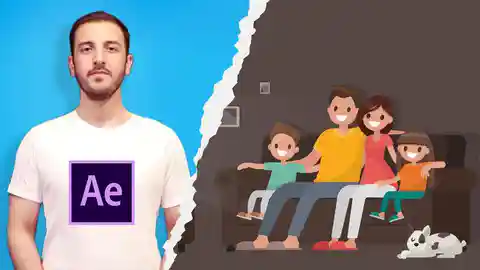
Create 2D Animation in After Effects (Beginner Level)
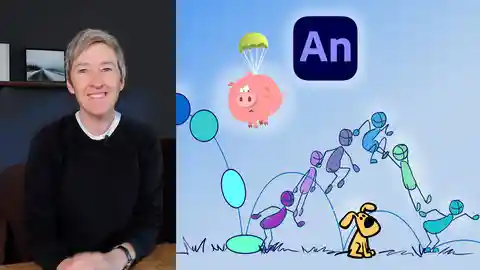
Learn to Animate: Classical 2D Animation for Beginners
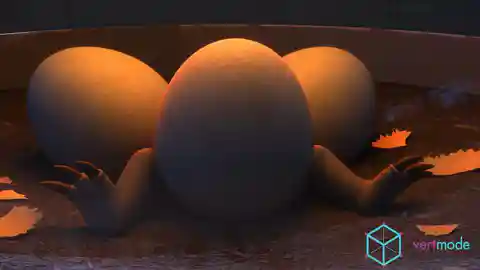
Complete 3D Animation Masterclass: Create Animated Shorts
Principles of Animation and How to Apply Them
Only drawing and software learning would not be enough to be an excellent animator. There are some rules and principles that apply to make great moving drawings. There’s a set of fundamental principles that form the backbone of every successful animation. We’ll introduce you to these principles, including concepts like squash and stretch, anticipation, and follow-through. Understanding these principles and learning how to apply them will take your animations to the next level. I strongly recommend you get the book “The Animator’s Survival Kit”. This book has a piece of marvelous information about the fundamentals and base rules. Those rules give life to your animated piece and make it shine like a star. If you are serious about your craft, please don’t miss the book mentioned below, it will take your skills to the next level.
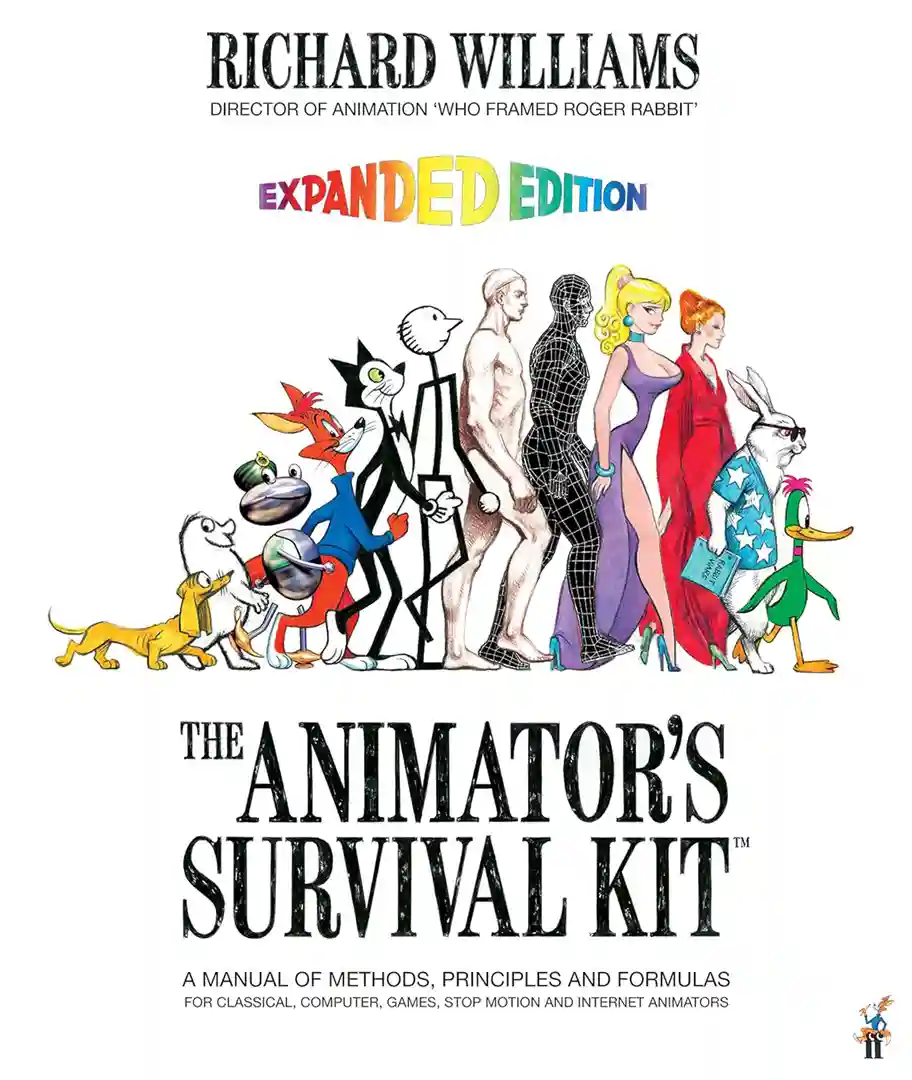
The Animator’s Survival Kit: A Manual of Methods, Principles, and Formulas for Classical, Computer, Games, Stop Motion, and Internet Animators
Advanced Techniques for Improving Your Animation Skills
Once you’ve grasped the basics, it’s time to explore more advanced techniques like character rigging, 3D modeling, UV Mapping, advanced texturing, special effects motion graphics, etc. These advanced techniques will expand your animation skill set, allowing you to create more complex and visually stunning animations.
Tips for Creating Visually Appealing and Engaging Animations
Creating visually appealing animations goes beyond technical skills. It involves understanding design principles, color theory, and visual aesthetics. You should also learn how to make your animations visually stunning and engaging for your audience by applying the color principles, and composition rules.
This is not a one day or a one week or a one month even not a one year task. It’s a lifetime journey. Every milestone you will achieve will take you to the next level which you didn’t know before. But every journey starts with a first step. If you want to learn animation then don’t think too much and start learning and doing the small stuff from today. Your continuous efforts will take you to the next level of achievement.

Premiere Pro Lumetri 2020: Color Correct & Color Grade




